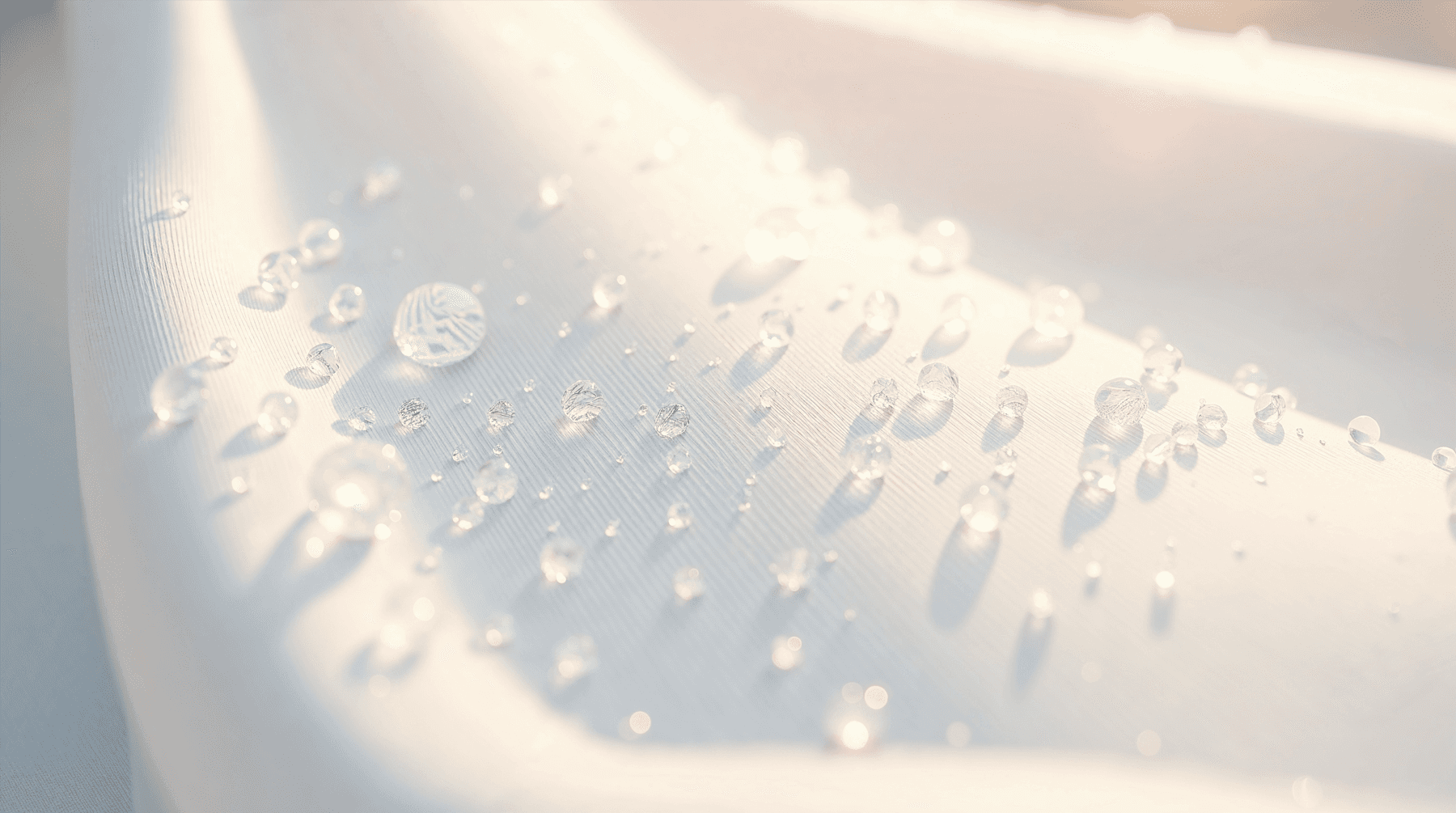When Weddings Whisper
Designing a Ceremony For the Senses
Jan 27, 2025
3
min read
While Pinterest boards overflow with color palettes and table settings, the most powerful wedding memories often come from unexpected sensory moments: the rustle of silk against stone steps, the scent of early morning dew on garden roses, the feel of century-old wooden church doors. Science shows us why these sensory experiences embed themselves so deeply in our memories—and how we can intentionally design them into our celebrations.
The Science of Sensory Memory
Research in cognitive psychology reveals that memories linked to multiple senses form stronger neural connections than visual memories alone. The hippocampus, our brain's memory center, shows increased activity when processing multi-sensory experiences. This explains why the scent of your grandmother's perfume or the sound of rain on a tin roof can transport you instantly through time.
Sound: Architecture of Memory
Sound shapes our experience of space in profound ways. Consider:
Stone churches create natural reverberation that makes voices seem to float
Wooden floors offer satisfying acoustic feedback with each step
Fabric-draped walls can soften harsh echoes, creating intimate acoustics
Natural sounds (flowing water, rustling leaves) reduce stress hormones
Design Tip: Schedule your ceremony for dawn when bird songs are most varied and urban noise is minimal.
Touch: The Forgotten Sense
Tactile experiences ground us in the present moment:
The temperature change walking from sun to shade
The texture contrast between smooth marble and rough brick
The weight of old wooden doors or vintage brass handles
The feel of different textiles against skin as you move through spaces
Design Tip: Create intentional texture journeys through your venue, from rough stone paths to smooth hardwood floors.
Scent: The Memory Keeper

Our olfactory system connects directly to the brain's emotional and memory centers:
Morning dew has distinct aromatic compounds
Stone and wood release different scents in sunlight
Natural materials change their scent profile throughout the day
Gardens emit different fragrances at dawn versus dusk
Design Tip: Consider timing your ceremony when natural scents are strongest (usually early morning or dusk).
Temperature and Time
Often overlooked, thermal experiences create powerful memory anchors:
Early morning cool air against warm skin
The first touch of sunlight through windows
Temperature transitions between indoor and outdoor spaces
The natural thermal rhythm of different materials
Designing Multi-sensory Moments
Rather than planning isolated sensory elements, consider creating complete sensory scenes:
The Arrival Moment:
Sound: Gravel crunching underfoot
Touch: Heavy wooden door handle
Scent: Morning stone and dew
Temperature: Cool morning air
Visual: Filtered early light
The Threshold Crossing:
Sound: Acoustic change from outdoor to indoor space
Touch: Temperature shift
Scent: Interior materials (wood, stone, flowers)
Visual: Light transition
A Note on Timing
The early hours offer unique sensory advantages:
Clearer acoustic environments
Stronger natural scents
More dramatic temperature contrasts
Richer tactile experiences due to dew
Most active bird populations
Lessons from Experience Design
Professional experience designers understand that meaningful moments require careful orchestration of sensory touchpoints. They map user journeys considering:
Transition moments between spaces
Cognitive load at different points
Sensory palate cleansing
Peak-end theory (people remember highs and endings most vividly)
Resolution of tension and release
These principles can transform a wedding from a series of visual set-pieces into a choreographed journey through sensation:
Journey Mapping Example:
Arrival: Cool morning air, gravel sound underfoot (grounding)
Threshold: Temperature shift, acoustic change (transition)
Ceremony: Voice acoustics, subtle scents (focus)
Celebration: Full sensory engagement (release)
Beyond Decoration
When we expand our focus beyond the visual, we create celebrations that engage all the senses. These multi-sensory experiences don't just make memories—they create time capsules that can transport us back to these precious moments with surprising clarity.
Topics For More Research
Studies on multi-sensory memory formation
Acoustic properties of traditional and modern wedding venues
Circadian patterns of plant fragrance emission
Temperature effects on memory formation
Bird song patterns and urban noise studies
